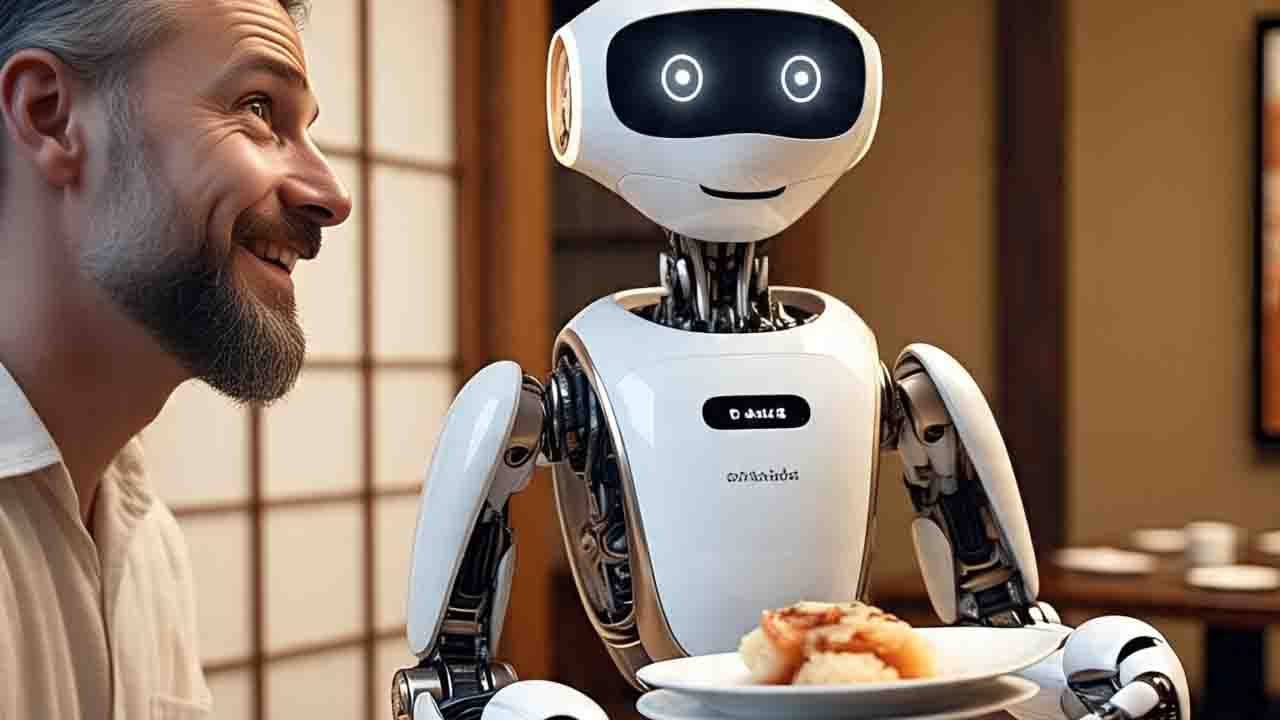
Resilienceapac – The Japan Robotic Revolution is taking center stage as the country faces an escalating labor shortage driven by its aging population and low birth rates. In response, Japan is accelerating the deployment of AI-powered, task-specific robots to fill critical roles in industries ranging from hospitality to corporate services. These smart machines are transforming workplaces by taking on repetitive, physically demanding jobs that once relied heavily on human workers.
A new generation of service robots is emerging as a powerful solution under the banner of the Japan Robotic Revolution. In restaurants, robotic chefs prepare dishes with consistent quality, while automated servers handle food delivery and cleaning, ensuring seamless operations even with limited staff. Similarly, in office spaces, robots are managing document transport, reception, and routine maintenance. These task-specific robots are integrated with advanced AI systems, allowing them to learn and adapt to their environment, work safely alongside humans, and boost overall productivity. This trend supports Japan’s long-term vision of maintaining economic vitality despite a declining workforce.
“Modern Echoes on the Elizabethan Stage: Upstart Crow’s Timeless”
A highlight of the Japan Robotic Revolution is the collaboration between Foxlink. A Taiwanese manufacturing leader, and Nvidia, a pioneer in artificial intelligence. Foxlink is shifting from its traditional electronic manufacturing business into cutting-edge AI robotics, supported by Nvidia’s powerful computing platforms. Their partnership aims to create intelligent. Flexible robots capable of operating in a wide range of environments, from hotels to eldercare facilities. By combining Foxlink’s engineering expertise with Nvidia’s AI capabilities. These innovations could serve as a model for the next wave of robotics across Asia-Pacific. Further solidifying Japan’s leadership in the sector.
Beyond solving the immediate labor crisis, the Japan Robotic Revolution is also reshaping work culture. As robots take over routine or physically strenuous roles. Japanese workers are being freed to focus on creative, strategic, and human-centered tasks. This shift is promoting healthier work-life balance and supporting a more sustainable workforce. With continued backing from the Japanese government, which is investing in robotics R&D and easing regulatory hurdles. The nation is on track to build a society where humans and robots collaborate in harmony a true testament to Japan’s spirit of innovation and resilience.
“Digital Twin: The Virtual Replica Revolutionizing the Logistics World”
Resilienceapac - The modern world is no longer built on intuition but on data-driven precision. Industries today are embracing digital…
Resilienceapac - UNIDO and Lenovo have joined forces to accelerate the adoption of circular economy practices worldwide. The partnership focuses…
Resilienceapac - Indonesia Faces Public alarm after more than 5,000 schoolchildren reportedly fell ill due to suspected food poisoning linked…
Resilienceapac - Super Typhoon Ragasa struck Asia with devastating force, leaving destruction that underscores the region’s growing exposure to extreme…
Resilienceapac - Yann Schuermans left AB InBev, one of the world’s largest beverage companies, to pursue a bold new vision…
Resilienceapac - L’Oréal Reveals Big Bang finalists for its highly anticipated Beauty Tech program in Singapore, spotlighting ten innovative startups…